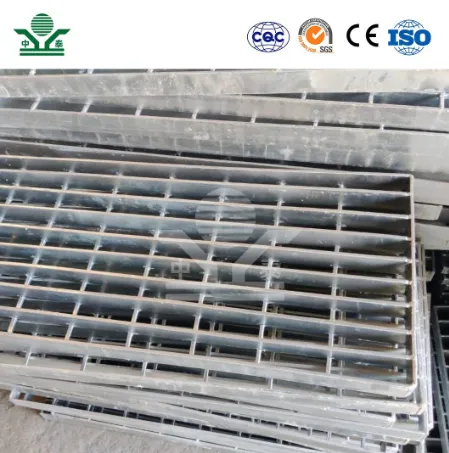Noise Abatement Fences A Shield Against Urban Noise Pollution
In our increasingly urbanized world, noise pollution has become a significant concern for many city dwellers. From the incessant hum of traffic to the blaring of horns, construction noises, and even the chatter of bustling crowds, excessive noise can drastically affect our quality of life. One effective solution that has gained traction in recent years is the implementation of noise abatement fences. These structures serve as barriers designed to reduce the impact of sound, creating a more peaceful environment for those living near sources of noise.
Understanding Noise Pollution
Before diving into the effectiveness of noise abatement fences, it is essential to understand what noise pollution is. Noise pollution refers to unwanted or harmful sounds in our environment, typically measured in decibels (dB). Prolonged exposure to high levels of noise can lead to various health issues, including stress, hearing loss, sleep disturbances, and even cardiovascular problems. As urbanization continues to rise, addressing the detrimental effects of noise pollution has become crucial for public health and urban planning.
What are Noise Abatement Fences?
Noise abatement fences, often made from materials such as wood, concrete, or recycled plastic, are designed to block sound waves traveling from a noise source to the surrounding environment. The effectiveness of these fences lies in their height, density, and the material used in their construction. The primary goal of a noise abatement fence is to create a barrier that redirects and absorbs sound, thus reducing its intensity for those living nearby.
Typically, the placement of these fences is strategic. They are often installed along highways, railways, or near construction sites where noise levels are notably high. The location and design of the fence will depend on many factors, including the type of noise being mitigated, geographical considerations, and local regulations.
Benefits of Noise Abatement Fences
The advantages of noise abatement fences are numerous. First and foremost, they provide immediate relief from noise pollution for residents living adjacent to busy roads or other loud environments. By incorporating these structures, municipalities can improve the overall quality of life, encouraging outdoor activities, social interactions, and tranquility in residential areas that might otherwise be overwhelmed by noise.
noise abatement fence

Moreover, noise abatement fences contribute to environmental sustainability. Many modern designs utilize recyclable materials, thereby reducing waste and promoting eco-friendly practices. Additionally, when properly landscaped, these fences can enhance the visual appeal of an area, incorporating greenery and aesthetics into otherwise industrial landscapes.
Challenges and Considerations
Despite their numerous benefits, noise abatement fences are not without challenges. First, the effectiveness of these barriers can diminish over distance. The farther away someone is from the noise source, the less impact a fence may have. Thus, careful planning is crucial to ensure that the fence is adequately designed and positioned to maximize its noise-reducing properties.
Furthermore, the installation of noise abatement fences can be costly. Funding these projects often requires cooperation between local governments, environmental organizations, and community stakeholders. Balancing budget constraints while ensuring that noise reduction measures are adequately prioritized remains a significant hurdle.
Community Involvement and Awareness
Community involvement plays a vital role in the successful implementation of noise abatement fencing projects. Residents need to be educated about the impacts of noise pollution and the potential solutions available, including the installation of fences. Open discussions and collaboration between local authorities and residents can help identify the most affected areas, ensuring that intervention strategies are targeted and effective.
Additionally, fostering awareness about noise pollution can lead to more comprehensive public policies aimed at reducing noise at the source, such as stricter regulations on construction noise, vehicle emission standards, and community noise ordinances.
Conclusion
Noise abatement fences serve as an essential tool in the fight against urban noise pollution, shielding communities from the detrimental effects of excessive sound. By understanding their effectiveness, benefits, and the challenges involved in their installation, we can better appreciate their role in creating quieter, healthier living environments. As awareness of noise pollution continues to grow, so too does the importance of innovative solutions like noise abatement fences, paving the way for a more peaceful and harmonious urban life.
-
Why Galvanized Trench Cover Steel Grating Resists Corrosion
NewsJul.10,2025
-
The Versatility and Strength of Stainless Expanded Metal Mesh
NewsJul.10,2025
-
Load Calculations in Steel Grating Platforms
NewsJul.10,2025
-
Keeping Pets and Kids Safe with Chicken Wire Deck Railing
NewsJul.10,2025
-
Hole Diameter and Pitch for Round Perforated Metal Sheets
NewsJul.10,2025
-
Aluminium Diamond Mesh in Modern Architecture
NewsJul.10,2025
Subscribe now!
Stay up to date with the latest on Fry Steeland industry news.

